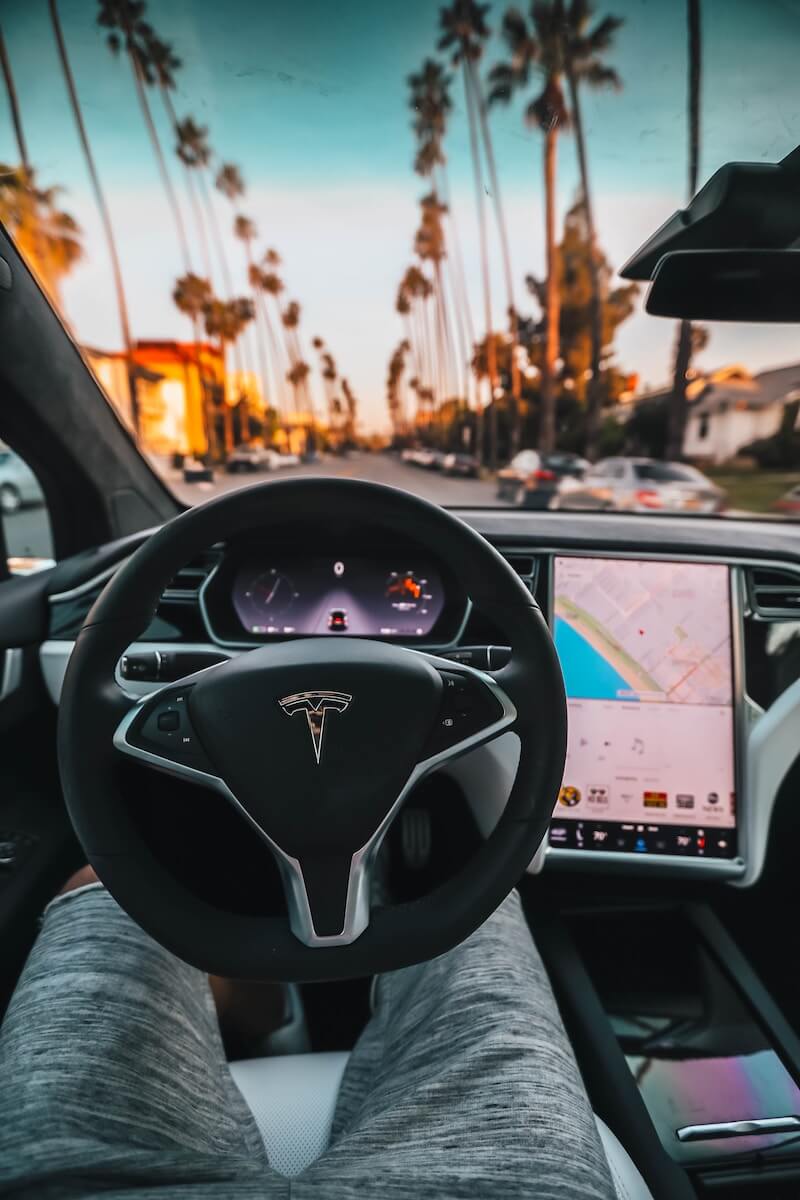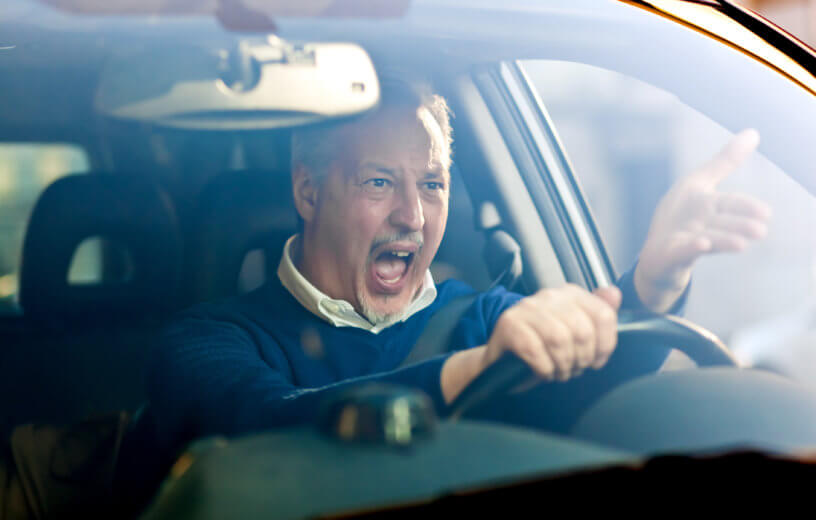COVENTRY, United Kingdom — Most drivers have experienced or at least seen an example of road rage in one form or another. Now, researchers from the University of Warwick have identified the characteristics of aggressive driving, as well as how road rage impacts both human drivers on the road today and the gradual transition to self-driving, automated cars.
This project is the first ever to systematically identify aggressive driving behaviors, with study authors actually measuring the changes that occur in a driver when they shift to a more aggressive state. Aggressive drivers, of course, typically drive faster and more recklessly than calm drivers, which puts others on the road at risk. Road rage also poses a serious challenge to researchers working on self-driving car technology.
On a related note, leading Detective Chief Superintendent Andy Cox recently issued a warning regarding the perils of agitated driving, stating four to five deaths on U.K. roads daily are “predominantly caused by dangerous and reckless drivers.”
Aggressive drivers really do drive faster
Researchers categorized aggressive driving behaviors, revealing the key aspects associated with this dangerous approach to driving:
- On average, aggressive drivers have a 3.1 mile per hour faster speed than non-aggressive drivers.
- Aggressive drivers tend to exhibit more mistakes than control groups. For example, not using a turning signal when changing lanes.
- Aggressive driving refers to any driving behavior that intentionally endangers others psychologically, physically, or both.
“While it’s unethical to let aggressive drivers loose on the roads, participants were asked to recall angry memories, putting them in an aggressive state, while performing a driving simulation. These were compared to a control group, who weren’t feeling aggressive,” says study lead author Zhizhuo Su, a PhD student at the Institutes of Digital Healthcare and Intelligent Vehicles at the University of Warwick, in a media release.
“This research is significant because, as the era of autonomous vehicles approaches, road traffic will be a mix of both autonomous and non-autonomous vehicles, driven by people that may engaged in aggressive driving. This is the first study to characterize aggressive driving behavior quantitatively in a systematic way, which may help the autonomous vehicles identify potential aggressive driving in the surrounding environment.”

How are roads getting safer?
While road safety has improved considerably over the past few decades thanks to improved policies, infrastructure changes, and improved vehicle safety, human error remains a leading cause of automobile crashes.
“To make driving safer, our research focuses on methods for understanding the state of the driver, to identify risky driving behaviors, through the use of driver monitoring systems (DMS). This will enable the driver to be alerted when they are at an increased risk of an accident and allow the vehicle to deploy calming methods, such as altering the cabin noise level, playing relaxing music, or ultimately reducing the speed of the vehicle,” adds co-author Roger Woodman, an assistant professor at WMG.
“In the UK, on average between four-five people die every single day in a road crash. This widespread devastation is predominantly caused by dangerous and reckless drivers. Having met many bereaved families who live with the lifelong heartache of prematurely losing a loved one in such a violent manner, I recognize the need to instigate substantial change across the road safety sphere; which includes driving culture, standards and legislative options,” concludes Superintendent Cox, NPCC lead for fatal crash investigation and OCU Commander at the Metropolitan Police.
“Those drivers who choose to commit road crimes such as aggressive driving, intimidating other sensible and safe road users – should recognize the risk they pose to themselves and others, and frankly the law should remember that a driving license is assigned after a person demonstrates themselves to be safe and earns the right to drive. We should seek to maintain high standards and ensure the system sees the right to drive as a privilege rather than an entitlement. Currently I think the balance favors the individual rather than the law abiding collective.”
The study is published in Accident Analysis & Prevention.

